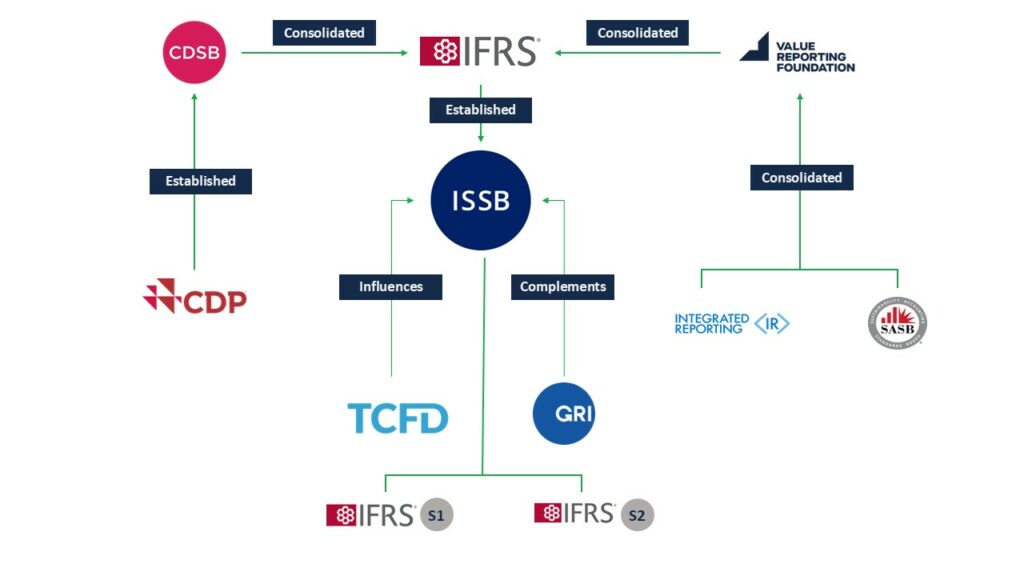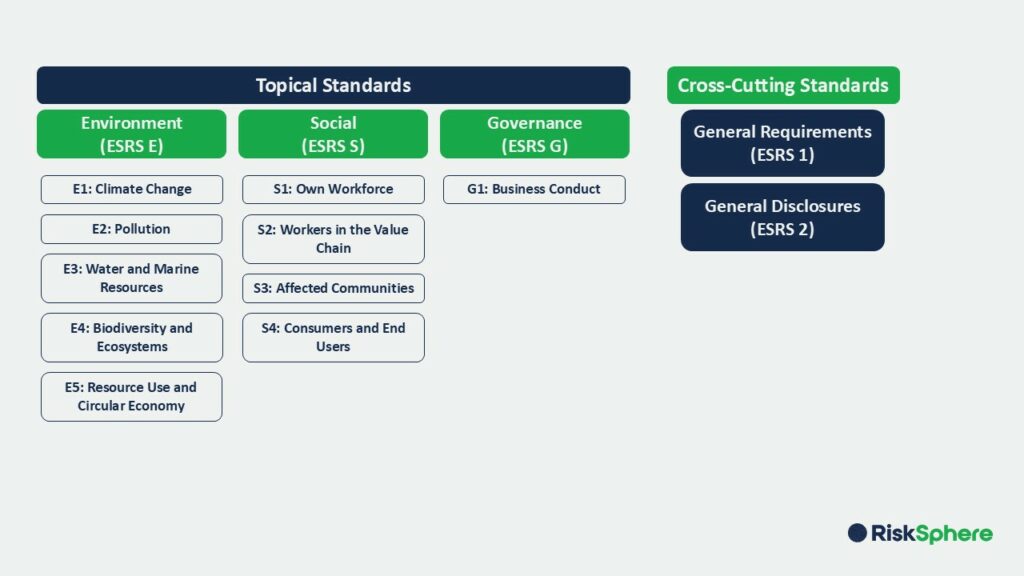The urgency to tackle climate risks, complemented by growing investor interest and pressure from stakeholders, has led to a surge in ESG regulations worldwide. A recent article by RiskSphere’s Senior Consultant Sixten Hager highlights the diverse regulatory requirements across industries and the associated potential challenges. While these regulations promote accountability and transparency on ESG issues, it has also led to an overwhelming number of ESG frameworks and standards, each with its own overlapping or complementary requirements. This raises two big questions – are we drowning in choices and regulatory obligations? Which framework should a company pick, and how do you even go about deciding? This article focuses on some key standards and frameworks, assesses their scope, and the corresponding benefits and drawbacks.
At RiskSphere, we help companies cut through the confusion of multiple ESG standards by guiding them in choosing and prioritising the right frameworks for their industry and goals. We make ESG data collection and reporting easier, thereby ensuring that companies are compliant with frameworks such as IFRS, ESRS, GRI, and others. With customised strategies, we assess ESG risks, identify gaps, and recommend ways to reduce those risks and improve overall performance.


